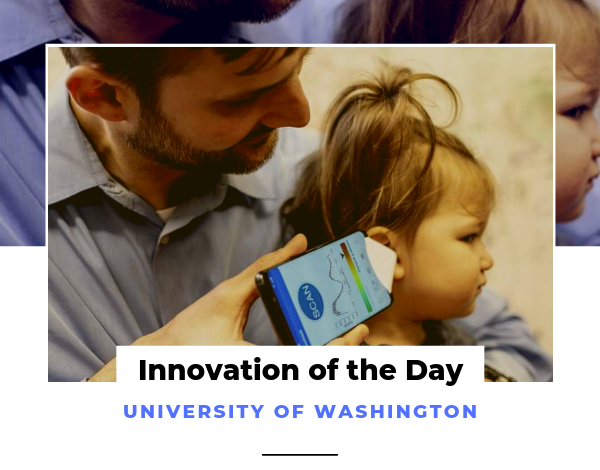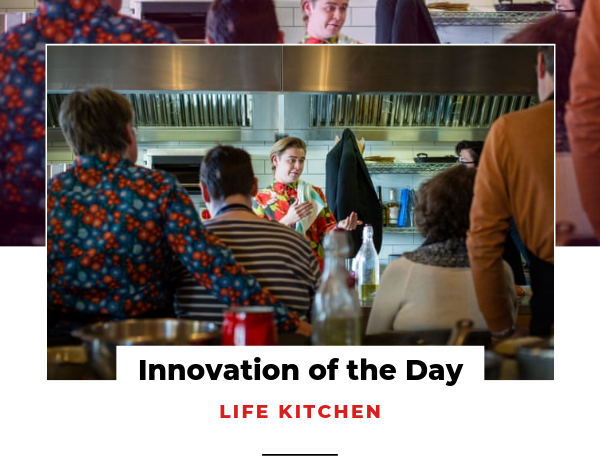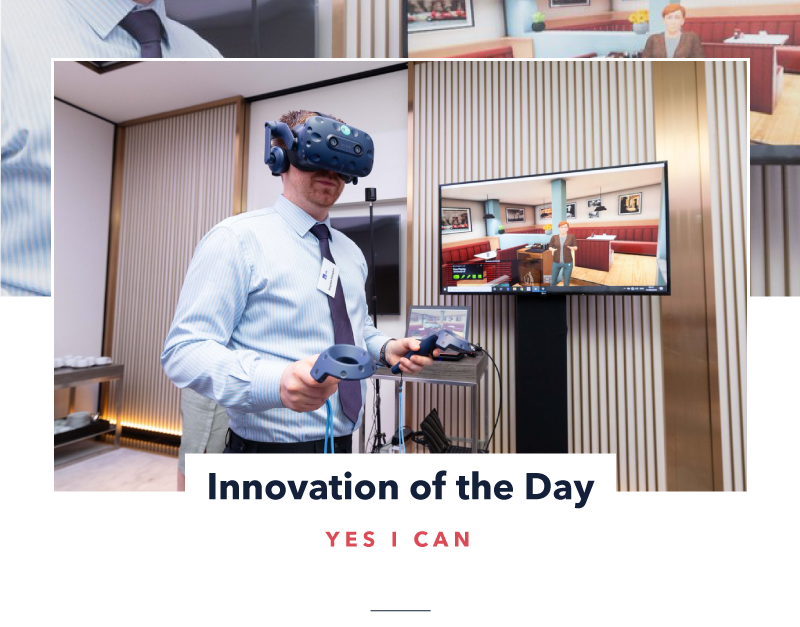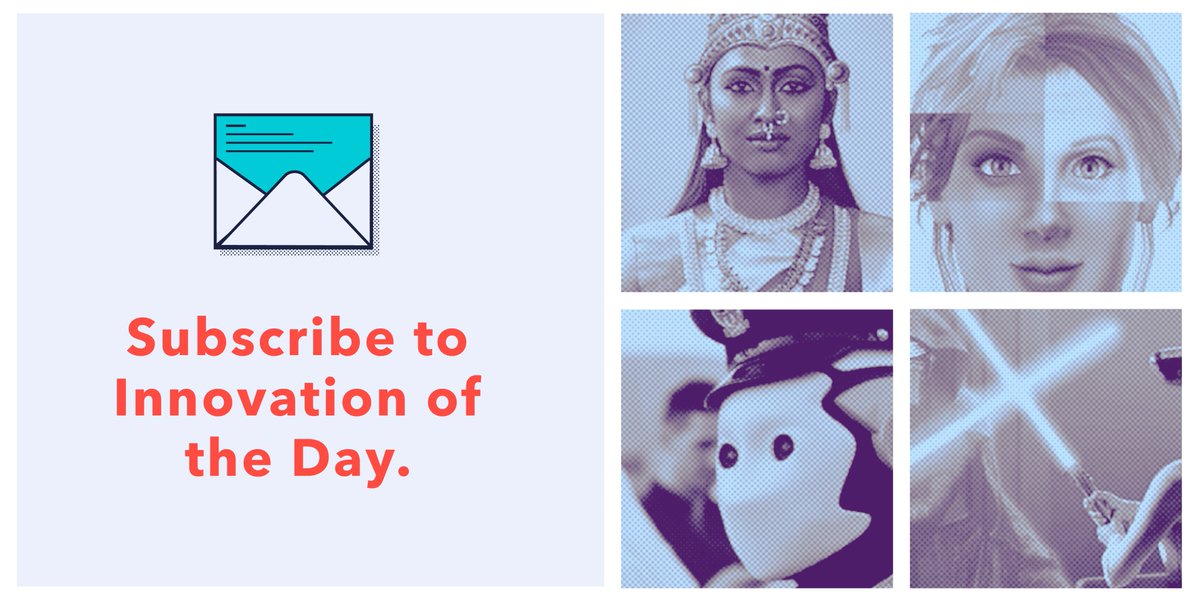
This is a Healthcare innovation from The 70 Best Trend-Driven Innovations of 2019.
In May, researchers at the University of Washington published results for a smartphone app that detects ear infections in children. The app can detect fluid behind the eardrum with a paper funnel (see video) attached to the smartphone's microphone and speaker. The phone sends audible chirps into the ear and, depending on how the sounds are reflected back, the app determines the likelihood of fluid present with 85% accuracy. According to NIH, ear infections – which can be hard to diagnose – are the most common reason parents bring their children to a pediatrician.
Using a phone for more than entertainment? What a concept! Here are two takeaways:
Dr. DIY. Today’s self-improvement-obsessed consumers deploy a test and fix approach in the quest to unlock their full potential. And while amateur attempts to self-diagnose have been around for a looong time (and aren’t always a good idea), technology can radically boost the accuracy and efficacy. Here, a quick screening can accurately assess the situation and help parents determine if the issue can be handled at home or needs to be treated by a doctor, reducing the costs, stress, and time investment for everyone involved. Rather than focusing on improving your ‘on site’ offering, might you leverage new technology to deliver in-home, DIY expertise?
The accessible age. With global smartphone users expected to reach 2.87 billion by 2020, smartphones will be key in broadening healthcare accessibility (see Nigeria’s Ubenwa health app). All too often mobile health solutions require expensive add-ons, trackers and devices, making this easy-to-make paper cone particularly inspiring! This concept empowers users to affordably manage their child’s health, no matter the obstacles keeping them from traditional health services, whether that be a limited number of doctors or facilities in the area, the cost, or simply not having the time. Can you devise a cheap add-on for a ubiquitous everyday item that turns it into an essential yet accessible tool?
Want to receive B2C innovations, every weekday, straight to your inbox?
Received daily by 100k+ business professionals in 180+ countries.

Related innovations






